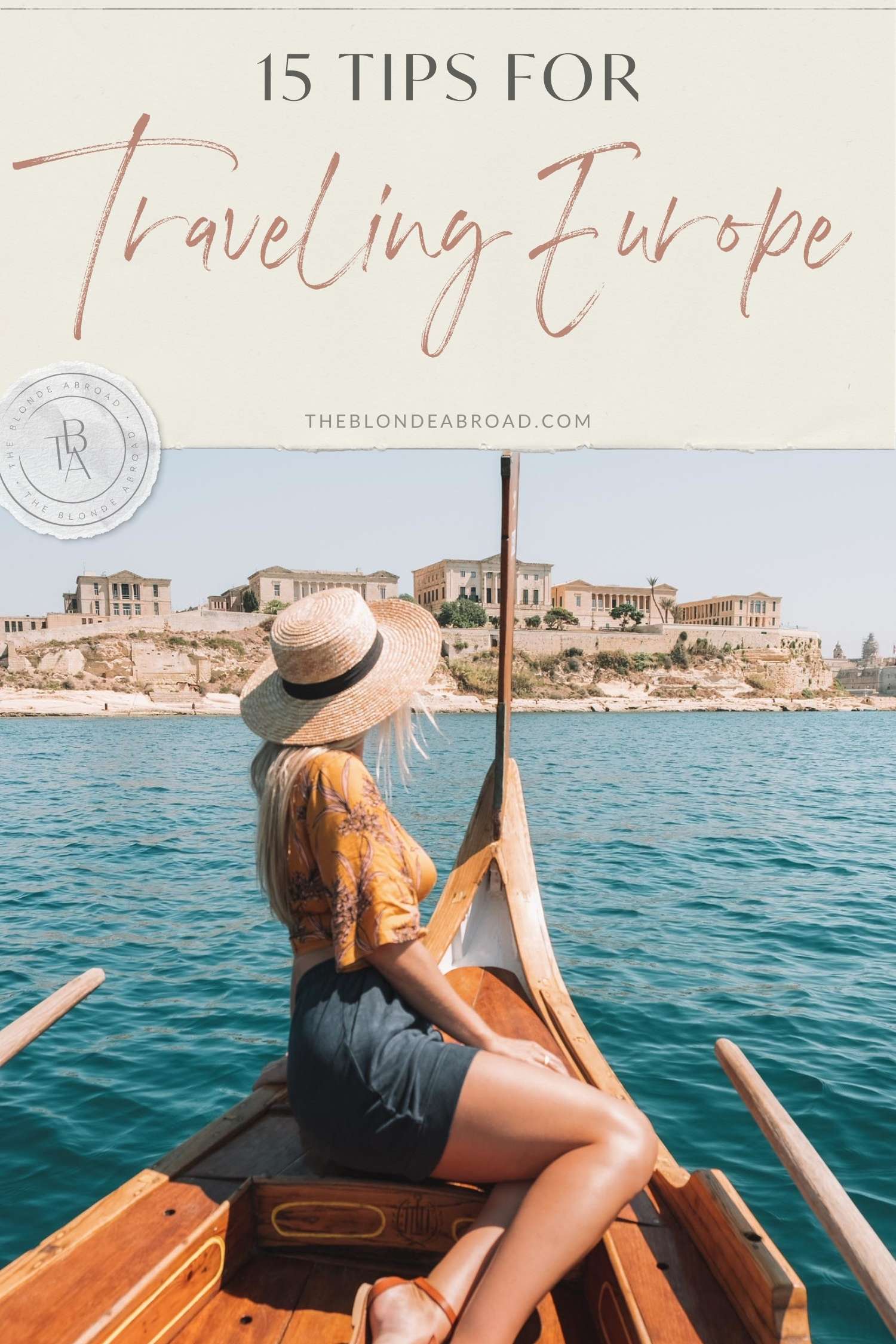
Updated: December 2019
So you’ve done it—bought your tickets for a vacation in Europe and eager to see the sights- or you’ve at least decided that “Europe” is your next destination!
From east to west, Europe is a mixture of cultures, languages, heritage, architecture, and customs all across the continent. The dissolution of border checks within the EU means that travel in Europe has never been easier, more affordable or more convenient!
Here are my top 15 tips for traveling Europe to the fullest!
Visit During Off-Season
Europe can be a mess in peak-travel season, with crowds and queues lining up in Paris and London, and even smaller hamlets like Avignon and Verona. Avoid the months of June, July, and August if you’d rather not stand in long lines and crowds to see the Mona Lisa or the Sistine Chapel.
Plus, summertime is when Europeans themselves head elsewhere for vacation, so my suggestion to get a real feel on what locals are like in your destination, visit cusp-season- early spring or in the fall!
Shop at Family Businesses
Head off the beaten track of Eiffel Towers and Galeries Lafayettes to check out the smaller businesses, the family-run patisserie or the mom-and-pop gelato place on the corner.
You’re here to meet and mingle with locals, so you might as well support local businesses, and while you’re at it, you can even try a ‘Bonjour’ or ‘Ciao’ with them. Restaurants and shops off the main roads tend to be cheaper anyways!
Helpful Tip: Restaurants with pictures on the menu tend to cater to a tourist crowd, which means their prices are marked up as well. Learn some food phrases in your destination’s language, or carry a translator, so you don’t need the pictures anyways!
Learn the Local Language
Practice a few phrases before you arrive and use them with locals if you feel comfortable. In most cases, they’ll appreciate a tourist trying to speak the local tongue.
Try listening to a few podcasts to get the right pronunciation, or spend some time with a language program like Rosetta Stone leading up to your trip.
Greetings and thanks can go a long way—and don’t forget to learn the word for “toilet”!
Stay Longer in One Place
It always feels more rewarding to stay in one place for a week or two rather than city-hopping every few days. Not only does that mean less packing and unpacking, but you also have the chance to get to know a neighborhood, find a favorite cafe, and even make a few friendships by sticking it out in one place.
Hostels typically have private room options, which is a super affordable way to have your own space, without spending too much on hotels!
Or rent an Airbnb for the week (or a few!) in a favorite corner of town!


Do As the Locals Do
You don’t want to be that tourist standing out from the crowd with bad manners or loud exclamations, so observe what the locals do and follow suit.
For example, don’t wear tank tops in conservative Orthodox churches, or lower your tone—most Europeans speak at a softer tone than Americans. Just be aware of your surroundings, and research local etiquette for your destination if you’re not sure what to expect.
Be Aware of Afternoon Closures
A quick tip—Europeans value their lunch breaks, and midday meals often extend over hours. So you may find a ticket office or post is closed from noon until 2pm.
Take the late lunch into account when you plan your daily itinerary. And guess what—it’s a perfect chance to indulge in a long lunch yourself. When in Rome!
Stray From the Beaten Path
By all means, see the Eiffel Tower and ride a gondola in Venice—sometimes the beaten path can be its own fun experience.
But for the most part, you can see and do so much more if you stay off of it. Ask locals at the bar for their recommendations of where to eat and drink, or read online. It’s locals who really know their city—the best place to have a picnic, the best view of gargoyles, the best place to catch the underground music scene.
Stay Central and Walk Everywhere
It may seem logical to spend the night in a cheap hotel in the suburbs, but trust me—it’s not always worth it. When you take into account the transportation to and from the city, or the hassle of trying to find a restaurant in a residential area— sleeping far from downtown can be a real pain.
Instead, splurge a bit and book a moderate place in or near the city center. You’ll be able to reach the main sights and find cafes and restaurants with no trouble at all. Plus, you’ll see more of the city if you’re walking around rather than taking the metro or a bus.
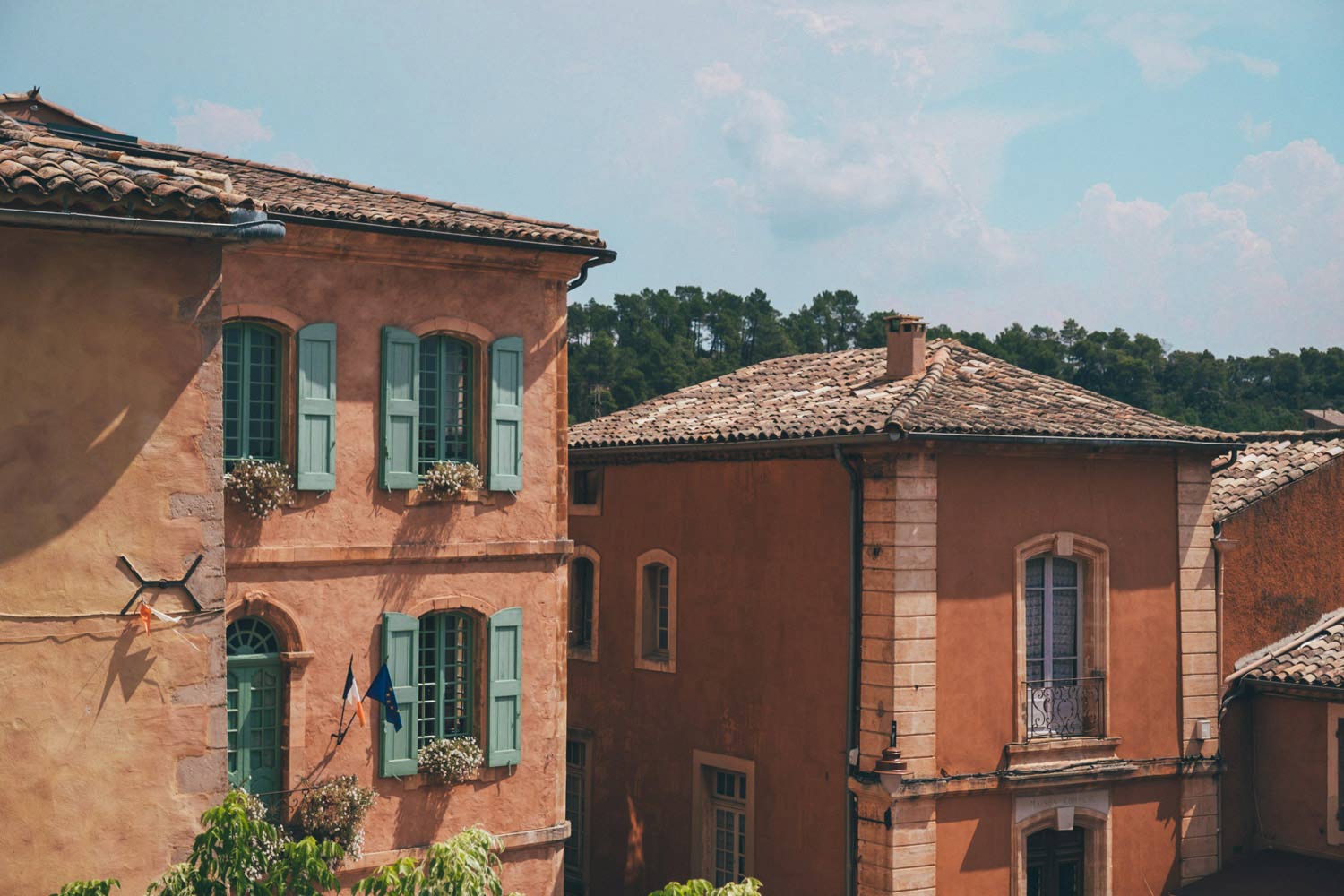
Roussillon
Stay in a Smaller City
On the other hand- large cities like Rome, Paris, London, Amsterdam can all be overrun with tourists—making it difficult to blend in and meet and speak with locals.
Choose a smaller town with its own city center, and one that doesn’t get as many tourists, but are still just a short train ride away from the main hubs: Girona near Barcelona, Bologna near Florence.
These cities are usually quieter and run at a slower pace, allowing you to enjoy yourself with less pressure. You will also find there are more accommodations in the form of apartment rentals and homestays available farther from the city center!
Talk to People
Don’t be shy—there’s no better way to meet locals and like-minded travelers than striking up a conversation.
Street vendors, shopkeepers, bar patrons, even people staying at your hostel—smile and be open to people. You may end up meeting some lifelong friends!
Travel to Countries Not on the Euro
To save a few pennies, hit the countries that still retain their own currency.
Bulgaria, Czech Republic, Croatia, Romania, Poland, and Hungary are all fascinating European countries with their own unique story to tell and tend to be less costly than their Western European neighbors.
Use Budget Airlines
Budget airlines are destiny’s gift for the mindful traveler. Europe has dozens of cheap airlines that fly from city to city at a minimal cost.
You can fly from Dublin to Warsaw, or Barcelona to Amsterdam for under $100, and usually cheaper than train tickets depending on the distance.
Travel by Train
Europe loves their trains, and for a good reason. Traveling by train is often more spacious, comfortable, and easier than air travel depending on your end destination.
There are almost no lines, and you can buy your ticket minutes before departure. Keep in mind that many trains are more expensive than air travel in Europe, but the comfort makes all the difference. To make train travel even easier, download a rail planner app where you can track schedules and buy tickets.
City Walking Tours
In popular towns, there are tours and excursions galore! I’ve taken tours plenty of walking tours around Europe, and the guides are so knowledgeable and personable- it is a great introduction to local culture.
They’ll inspire you with local anecdotes, history lessons and you can also sign up for culinary tours that let you taste the best local food the city has to offer!
Some of the tours I’ve done over the years are:
- Learning how to cook authentic Italian food
- Exploring the ruins of ancient Greece
- Discovering Istanbul’s past by visiting the city’s magnificent mosques
Do you have any tips for traveling Europe? Let me know in the comments below!
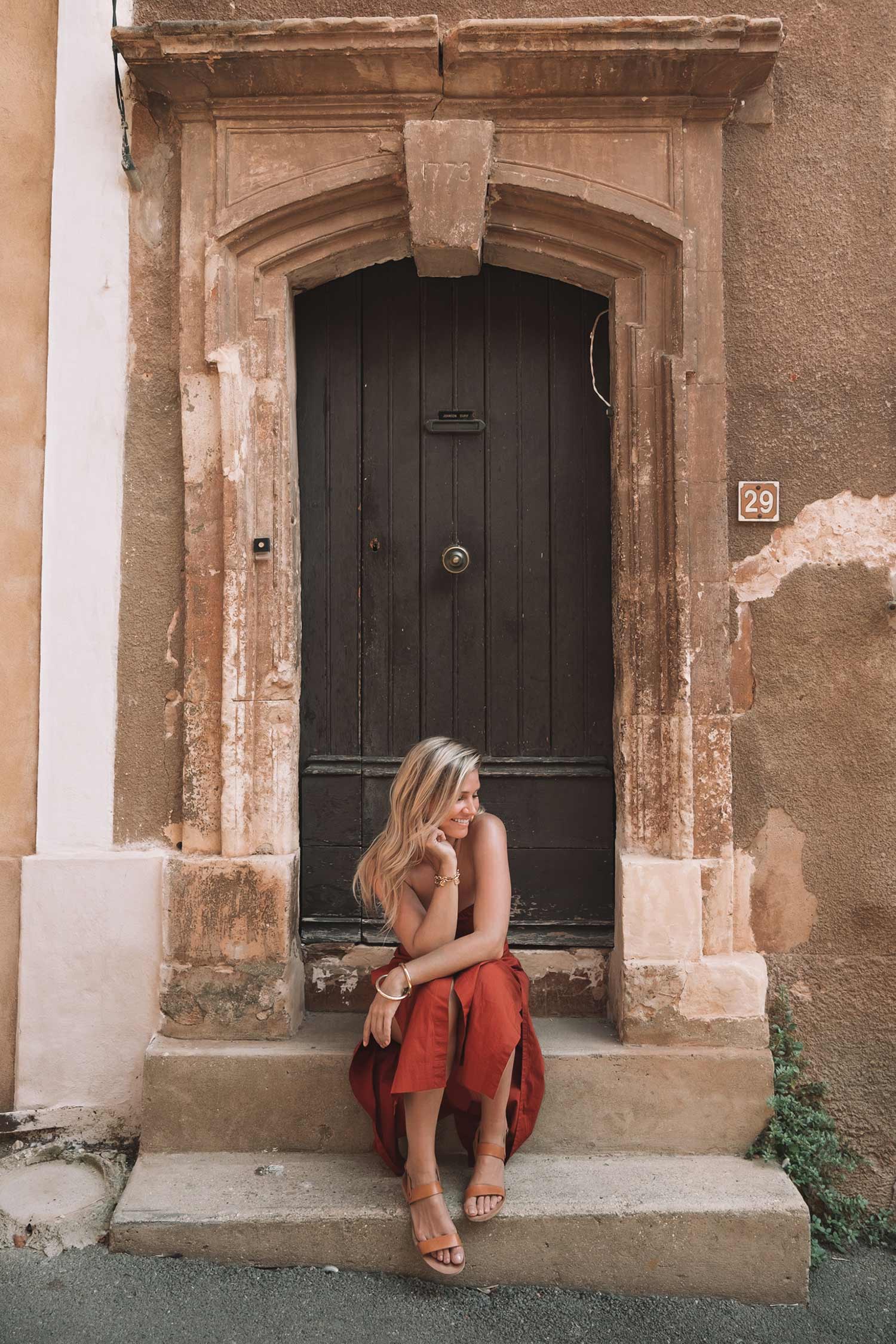


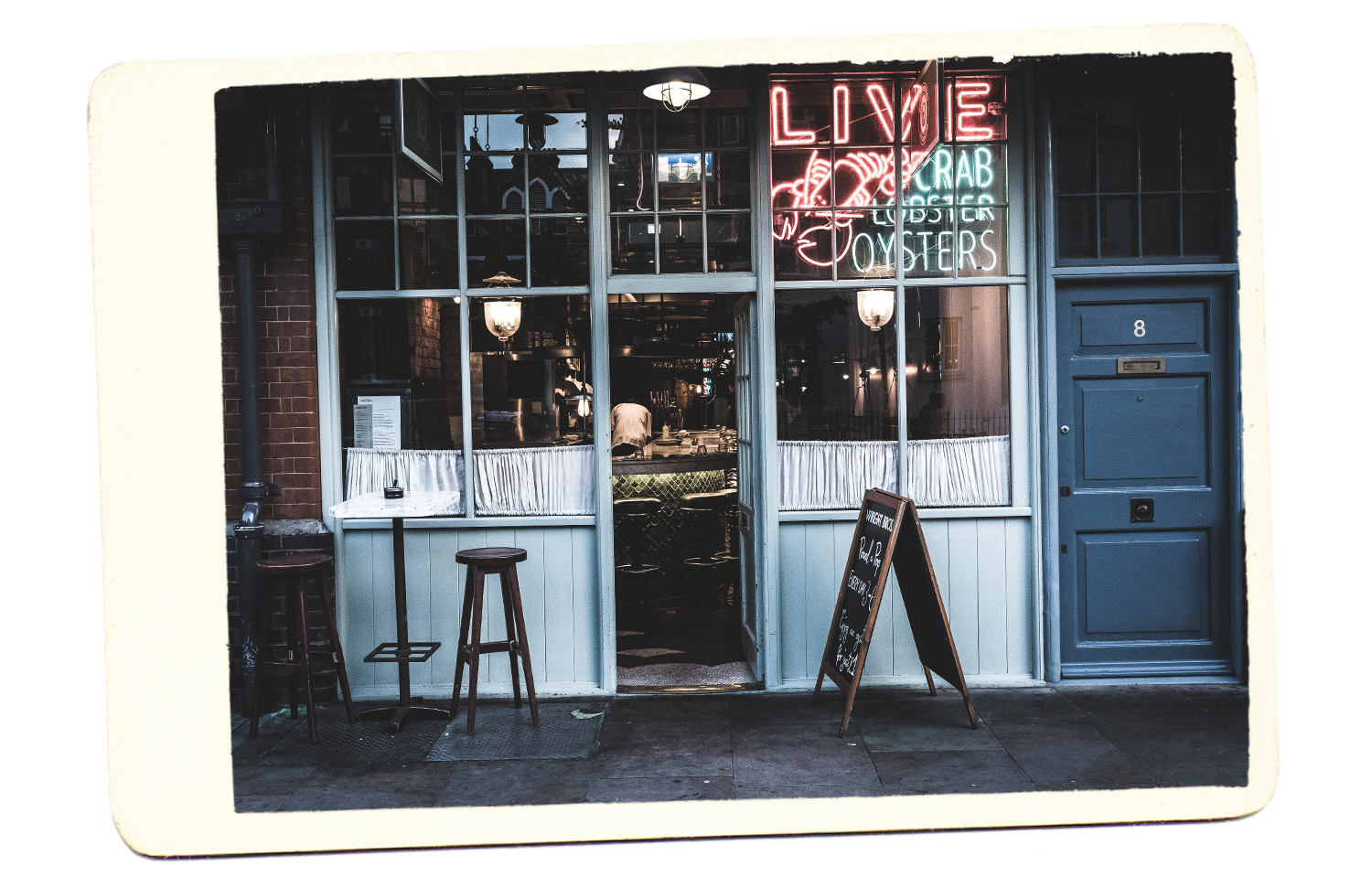


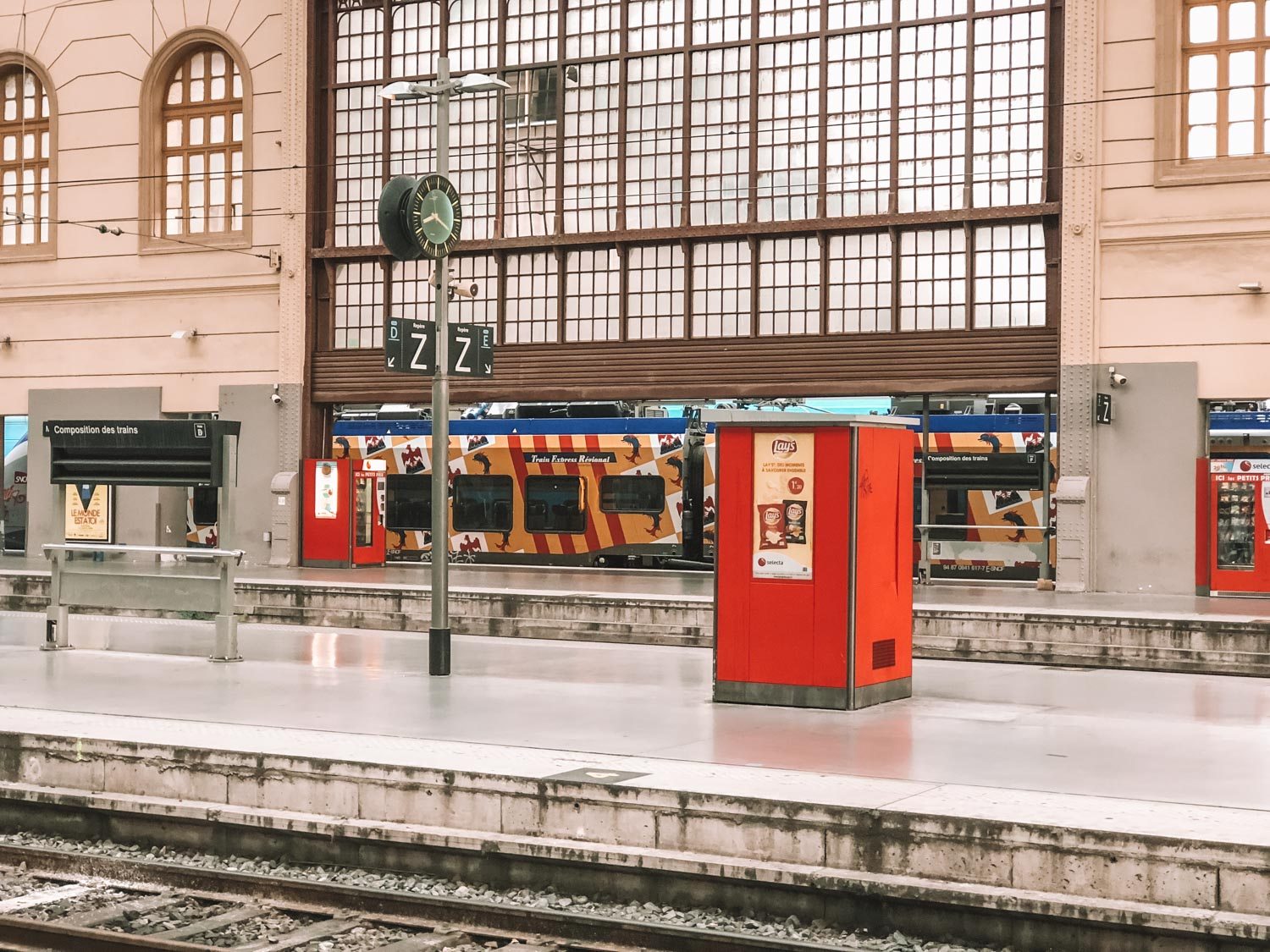


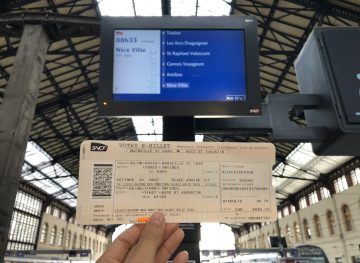
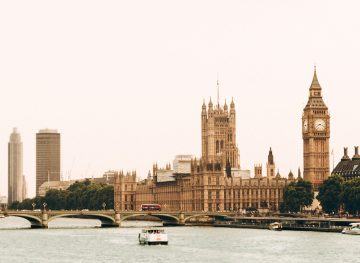
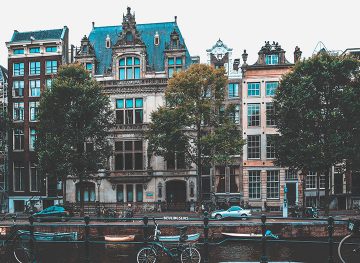





What a great and informative article! We’re really into traveling around Europe because of all the great cities and destinations. This article is super helpful for anyone who wants to travel around Europe. We’re hoping to do a lot more traveling around our continent in 2021, so here’s to hoping for a great travel year in 2021!
Maria
Hi Maria! I’m glad you found this 🙂 And I do hope for more travel in 2021!